The frame & truss analysis software RSTAB allows for the modeling and calculation of general frame, beam, and truss structures. The powerful computation kernel enables linear or nonlinear determination of internal forces, deformations, and support reactions.
This user manual describes the modeling, calculation, and result evaluation features related to the structural analysis.
RFEM dialog boxes are shown for images of dialog boxes that are identical to RFEM.
RFEM and RSTAB are powerful programs, helping structural engineers meet requirements in modern civil engineering. This short introduction will help you with the first steps and familiarize you with the most important functions of the software.
The Stress-Strain Analysis add-on performs a general stress analysis by calculating the existing stresses and comparing them with the limit stresses. RFEM also determines the stress ranges. Furthermore, it is possible to determine strains for surfaces and solids.
During the stress analysis, the maximum stresses of solids, surfaces, and line welds (RFEM only), as well as of members are determined. The governing internal forces are also documented for each member and surface. Furthermore, there is the option of an automatic section or thickness optimization including the update of the sections or surface thicknesses modified in RFEM/RSTAB.
This manual describes the Stress-Strain Analysis add-on for the programs RFEM 6 and RSTAB 9.
The Concrete Design add-on allows you to design reinforced concrete members and surfaces according to various design standards. It is possible to perform the ultimate limit state and serviceability limit state design checks. The input and result evaluation are completely integrated in the user interface of the structural FEA software RFEM and the frame & truss analysis software RSTAB.
This manual describes the Concrete Design add-on for RFEM 6 and RSTAB 9. In RSTAB, you can only design members and member sets, not surfaces.
The Steel Design add-on allows you to design steel members according to various design standards. Cross-section resistance checks, stability analyses, and serviceability limit state design checks can also be performed. The input and result evaluation are completely integrated in the user interface of the structural FEA software RFEM and the frame & truss analysis software RSTAB.
This manual describes the Steel Design add-on for the RFEM 6 and RSTAB 9 programs.
The Timber Design add-on allows you to design timber members and surfaces according to various design standards. Cross-section resistance checks, stability analyses, and serviceability limit state design checks can also be performed. The input and result evaluation are completely integrated in the user interface of the structural FEA software RFEM and the frame & truss analysis software RSTAB.
This manual describes the Timber Design add-on for the RFEM 6 and RSTAB 9 programs.
The Aluminum Design add-on allows you to design aluminum members according to various design standards. It is possible to perform cross-section resistance checks, stability analyses, and serviceability limit state design checks. The input and result evaluation are completely integrated in the user interface of the structural FEA software RFEM and the frame & truss analysis software RSTAB.
This manual describes the Aluminum Design add-on for the RFEM 6 and RSTAB 9 programs.
Dynamic analyses in RFEM 6 and RSTAB 9 can be performed in several add-ons.
- The Modal Analysis add-on is the basic add-on, performing natural vibration analyses for member, surface, and solid models. It is a prerequisite for all other dynamic add-ons.
- The Response Spectrum Analysis add-on allows you to perform a seismic analysis using the multi-modal response spectrum analysis.
- The Time History Analysis add-on allows for a dynamic structural analysis of external excitations that can be defined as a function of time.
- The Pushover Analysis add-on allows you to determine the maximum nonlinear response of a structure to seismic loads.
- The Harmonic Response Analysis add-on is still under development.
This manual describes the dynamic analysis add-ons for RFEM 6 and RSTAB 9.
The Torsional Warping (7 DOF) add-on allows you to consider the cross-section warping as an additional degree of freedom for a global calculation of members in RFEM and RSTAB. The input and result evaluation are completely integrated in the user interface of the structural FEA software RFEM and the frame & truss analysis software RSTAB.
This manual describes the Torsional Warping (7 DOF) add-on for the programs RFEM 6 and RSTAB 9.
The Optimization & Costs/CO2 Emission Estimation add-on consists of two parts: On the one hand, you can use it to determine an optimal parameter layout for parameterized models, based on the user-defined optimization criteria. For this purpose, the artificial intelligence technology (AI) of particle swarm optimization (PSO) is used. On the other hand, you have the option to estimate the costs and CO2 emissions of a model by specifying the unit costs and emissions for the materials used in the model.
This manual describes the features of the add-on for the programs RFEM 6 and RSTAB 9. The explanations refer to RFEM, but also apply to RSTAB.
RWIND 2 is a program (digital wind tunnel) for the numerical simulation of wind flows around any building geometries with determination of the wind loads on their surfaces. RWIND 2 is available as a Basic and Pro version.
RWIND 2 can be used as a stand-alone application or together with RFEM and RSTAB for a complete structural analysis and design.
Webservice is a programmable interaction system for RFEM/RSTAB. With the help of this technology, RFEM/RSTAB provides a server service that can be reached locally or via a network. It is possible to send requests and get responses from RFEM/RSTAB with this client-server communication.
This manual describes the web service technology for the programs RFEM 6 and RSTAB 9.
This manual describes the topics of the webinar "Steel Structure Analysis in RFEM 6 and RSTAB 9". First, it shows how to model a truss bridge. Using this example, it describes how to apply loads and load combinations, and then a stability analysis as well as design according to Eurocode 3 using the Steel Design add-on is carried out.
In the manual for the Steel Design add-on, you can find detailed explanations of all the add-on options.
The manual describes all steps in RSTAB 9. However, all explanations also apply to RFEM 6.
This manual describes the topics of the webinar "Modeling and Design of Reinforced Concrete Structures in RFEM 6 and RSTAB 9".
Using an example of a building ceiling, we explain how to perform reinforced concrete design according to Eurocode 2. Furthermore, the result documentation in the printout report is explained.
In the manual for the Concrete Design add-on, you can find detailed explanations of all the add-on options.
This manual describes the topics of the webinar "Stability and Warping Torsion Analyses in RFEM 6 and RSTAB 9".
In the webinar, a stability analysis of a staircase tower is carried out. It explains when and why a warping torsion analysis with 7 degrees of freedom is necessary. Furthermore, special attention is given to how you can create and combine local imperfections in RFEM 6 and RSTAB 9.
In the manual, all steps are carried out in RFEM 6, but the same also applies to RSTAB 9.
Ultimate and serviceability limit state design, fire resistance design, and stability analyses according to Eurocode 3
The add-on modules RF-JOINTS (for RFEM) and JOINTS (for RSTAB) combine the connection modules for member elements in a single user interface. Currently, the steel categories Column Base, Pinned, Rigid, Tower, DSTV, and SIKLA, as well as the timber categories Steel to Timber and Timber to Timber, are implemented. This manual describes the special features of all these add-on modules.
The add-on modules RF-LIMITS (for RFEM) and LIMITS (for RSTAB) provide a comprehensive overview about the utilization of connecting elements or compliance with internal forces and deformations in the entire model. This manual describes the add-on modules of both main programs under the name "RF-/LIMITS".
Basically, RF/-LIMITS does not depend on any standard. However, you can use the specifications of the timber standards EN 1995 and DIN 1052 for your design checks.
The RWIND Simulation program represents a separate application which is used externally to determine load cases and wind loads for RFEM or RSTAB models. The software uses a numerical CFD model to apply a fluid-mechanics simulation of the flow around objects in a wind tunnel.
Dlubal Software supports the building information modeling by means of BIM (Building Information Modeling) using the BIM interfaces with Autodesk Revit and Tekla Structures. These interfaces are integrated into RFEM and RSTAB by default.
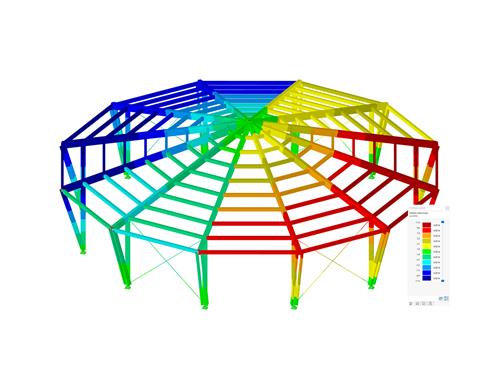
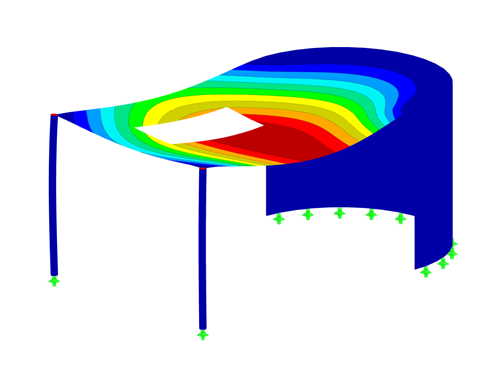
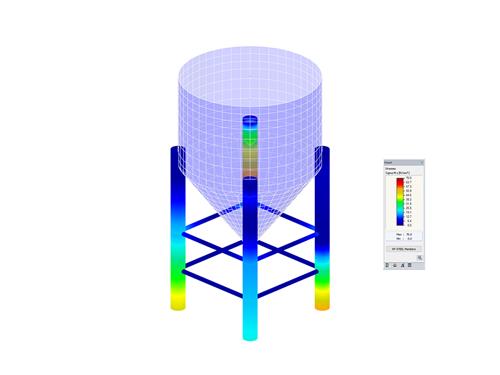
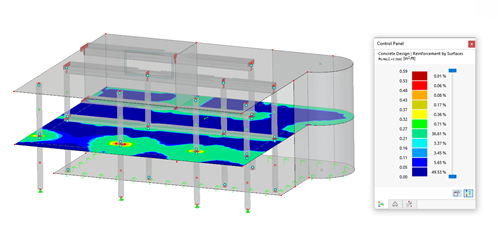
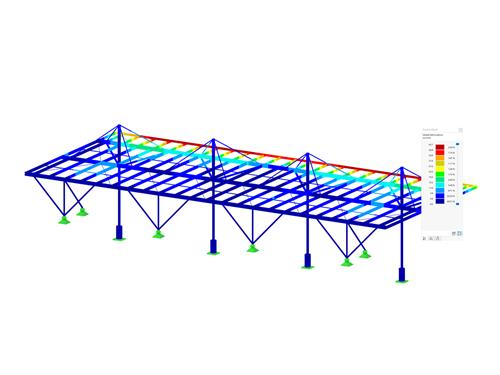



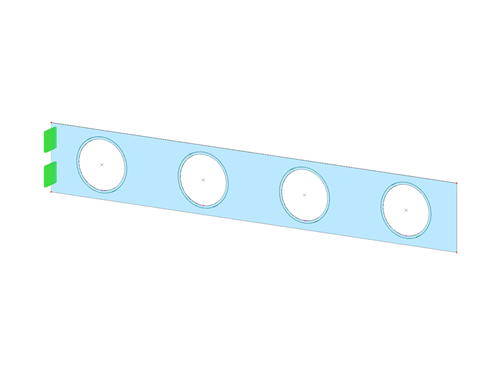
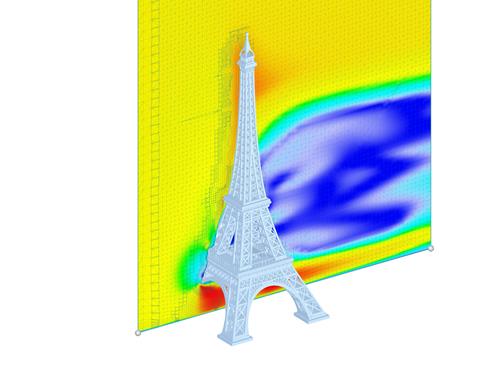
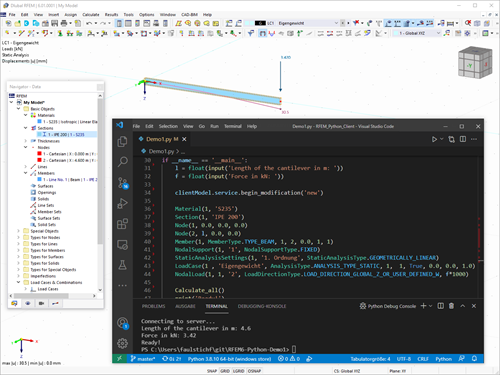
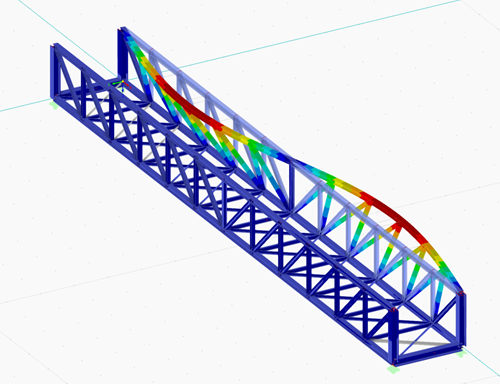
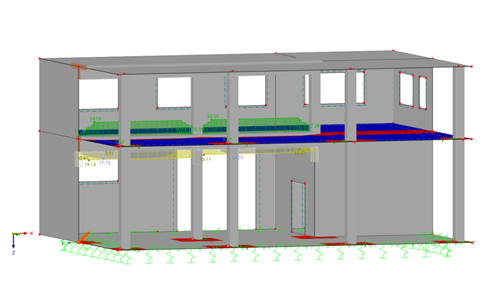


.png?mw=500&hash=b33af13b78012d66138c32d36595933cafea9006)

